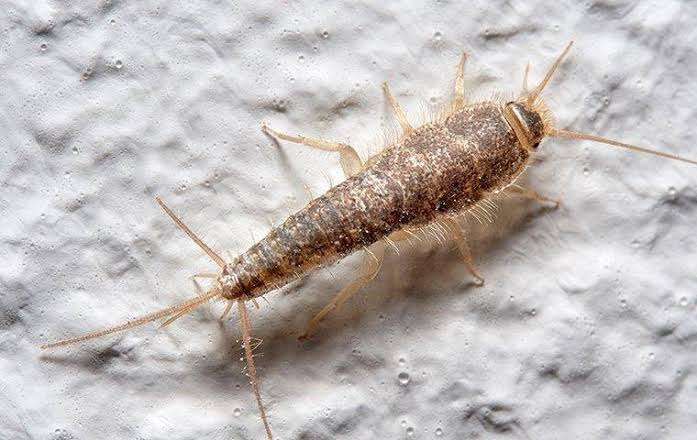Silverfish are a small household pest known for their metallic and silvery color with fish-like movements. They are harmless and don’t bite people, but they can destroy houses and establishments by eating paper, wallpaper, clothing, vegetables, and sugary items.
Norway is a cold country. The moist and humid climate prompts the silverfish population. That’s why silverfish infestation caused a near pandemic to locals. To ensure a healthy living environment, Norway researched and developed several innovative approaches.
In this post, we will explore Norway’s long-term and sustainable silverfish infestation solutions, scientific research, and practical methods. You will also learn how Norway became the leader in effectively controlling the silverfish population.
The Significance of the Silverfish Problem
Silverfish live and reproduce in damp environments. They can be found in moist, humid, and dark areas of houses, such as bathrooms, kitchens, basements, and attics. They eat starch, sugar, and protein-rich food.
These nocturnal insects have a long-life span—up to eight years. They are often resilient to traditional solutions like traps, powders, and sprays. Silverfish are harmless to humans but pose a significant threat to household items. They damage houses and contaminate food.
Norway’s cold winters and damp summers prompt the ideal breeding conditions for silverfish. Though traditional insecticides provide temporary solutions, these also cause risks to humans and the environment. Norway addressed these issues and developed sustainable, risk-free, and affordable silverfish control mechanisms that are not only effective but safe.
Introducing Innovative Approach: Integrated Pest Management
Norway’s government collaborated with other concerned authorities, such as the Norwegian Institute of Public Health (NIPH), the Norwegian Pest Control Association (NPCA), and top pest control experts, and heavily invested in research to achieve long-term solutions.
After conducting thorough research and applying a few theories, they developed some innovative strategies. The groundbreaking method of Norway’s silverfish control is called Integrated Pest Management (IPM).
IPM is a holistic methodology that encompasses multiple tactics and practices to achieve sustainable and long-term pest control solutions with minimum environmental impact.
Early Detection and Monitoring
Identifying the presence of silverfish is crucial to applying effective solutions. This process determines which method will be essential to exterminate the infestation. Homeowners and pest control experts use glue traps and other visual inspection techniques to detect silverfish activities.
Maintaining Clean and Dry Environments
Silverfish thrive in moist and humid environments. So, maintaining dry environments is essential. IPM recommends using dehumidifiers and installing ventilation to reduce moisture levels in the establishment. Also, sealing cracks will reduce the entry points of silverfish.
Additionally, regular cleaning and dry mopping ensure that the silverfish have no food source. These strategies block silverfish from accessing their loving areas and alternative food sources.
Implementing Poison Bait
The poison bait contains active insecticides called indoxacarb that shows significant success in silverfish extermination – more than 90% reduction after 8 weeks. Creating many small droplets with insecticides and strategically placing them in the areas work like a charm.
Cultural and Preventive Measures
Norway emphasized eco-friendly and long-term solutions to eradicate silverfish. Some of these practices include:
When it comes to household pest control, introducing public awareness can create a multi-faceted effect. The Norwegian government initiated a public awareness campaign to educate homeowners about how silverfish spread and how to prevent the reproduction cycle.
The government encouraged the locals to talk about top moisture control, proper food storage techniques, and regular cleaning.
Final Thoughts
Silverfish can spread rapidly, and it would pose direct challenges if the percentage of the silverfish population is high. Among the obstacles and unfavorable climate conditions, Norway set an example to the world by developing long-term and sustainable silverfish control solutions. The pest control authority regularly monitors the progress and adjusts the methods accordingly.






